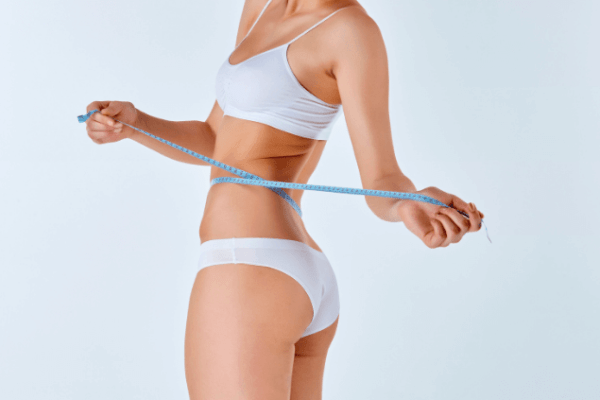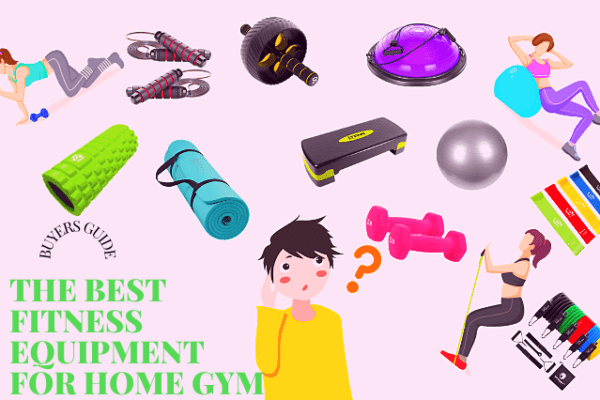The plank exercise is a stand on the elbows with tensed abs and hamstrings. The main goal of the plank is to maintain the correct position for the maximum amount of time – beginners start from 20-30 seconds, reaching a minute or more.
The correct exercise technique implies the development of the ability to consciously strain the core, while maintaining a normal breathing rhythm. The results of regular elbow planks include strengthened core muscles and improved posture.

The plank
The elbow plank is a static exercise for developing the abdominal muscles. Its fundamental difference from dynamic abdominal exercises is that it does not require movement. It requires staying in the same position for a certain amount of time without doing repetitions throughout the exercise.
Despite its apparent simplicity, the plank is really effective and is considered one of the best ab exercises, as well as an easy way to improve posture. At the same time, the execution technique plays a decisive role, and if you do not know how to plank correctly, you will cause yourself back pain.
The plank is needed to develop the ability to involve the internal muscles of the abdomen for use in workouts. This allows you to activate your abs during normal dynamic exercises. Among other things, the plank engages the glutes and is a great addition to glute exercises.
Benefits of Plank Exercise:
- develops the internal muscles of the abdomen
- strengthens the muscles of the diaphragm
- improves posture
- reduces waist circumference
How to do it right?
On one hand, extended arm plank is easier for beginners – on the other hand, it is better for beginners to follow the correct technique which is the elbow plank. The purpose of resting on the elbows is to distribute the load more evenly, which allows you to focus on the work of the core.
Correct execution of the plank exercise develops the internal muscles of the abdomen, making it strong and prominent. However, note that like any other exercises for the core, the plank does not burn a significant number of calories and is not suitable for losing weight or getting rid of belly fat.
What does the plank give?
First and foremost, the plank provides an improved sense of balance – especially when performing variations with alternating leg raises. If you follow the correct technique, the exercise teaches you to involve the muscles of the body in the work – remember that when you are in an elbow stand, you need to keep the abs in maximum tension.
The plank also makes the abdominal muscles tighter and firmer – which affects the overall appearance of the body. Performing the plank daily for 3-4 sets of 30-60 seconds, you can achieve results in a week. The effect will be especially pronounced when the plank is alternated with a breathing exercise.
How to master the plank?
To complete the plank, you need to stay in the position on the elbows or extended arms, maintaining a normal breathing rhythm and feeling the tension of the abdominal muscles. It is recommended to start the exercise with the lightest variation on outstretched arms and the following cycle “30-60 sec plank + 30-60 sec rest”, doing 3-4 repetitions.
It is necessary not only to strive for a constant increase in time, but also to pay attention to whether you are doing this exercise correctly. It is important to keep in mind that improper execution of the plank can easily cause chronic pain in the neck and upper and lower back.

Types of plank exercises
There are many variations of the plank exercise. It can be done on both outstretched arms and elbows. The more complex types include the side plank and the plank with alternating leg lifts, and the most difficult types include twisting, as well as pulling the knee to the chest.
- Plank on outstretched arms
The lightest (in terms of muscle load) variation of the plank. Take a stationary position, tighten your abs, maintain a normal breathing rhythm. Look in front of you.
- Plank on the elbows
This variation puts less stress on the wrists but increases the engagement of the abs and upper back muscles. The correct technique assumes that the tailbone is pointing back.
- Plank on the elbows with leg raises
Alternating leg raises significantly increase the load on the lower core. First, hold for 30-40 seconds in the plank, then do 5-10 lifts with each leg. Keep your abdominal muscles tense.
- Side plank
Straining the abdominal muscles, lift the pelvis up, pulling the body in a line. Make sure that the buttocks do not pull the body back, upsetting balance. May optionally include twisting (upper arm to lower elbow).


Exercise program
The key rule for achieving the correct plank form is the conscious involvement of the core in the work. During execution, you should visualize the tension of the abdominal muscles, imagining that it is them, and not the back, that holds the body in a straight position. In addition, it is important to maintain a normal breathing rhythm without holding air in the lungs.
You will need a timer or wristwatch placed in front of your eyes on the floor to properly perform the plank.
How long to hold the plank:
- Beginners: 15 seconds x 3 sets
- Advanced: 30 seconds x 3-4 sets
- Pros: 60 seconds x 4-5 sets
How NOT to perform the plank?
Common mistakes when doing a plank exercise are lifting the glutes up too much and putting excessive stress on the shoulders and wrists. The correct technique implies a slight “twisting” of the pelvis, in which the tailbone is directed backwards – this transfers the load from the lower back and back to the abdominal muscles.
At the same time, the gaze is directed in front of you with neck continuing the straight line formed by the legs, glutes and back. It is also important to press the shoulders against the body as much as possible, involving the muscles of the upper back and pectoral muscles. Thus, the spine is straight, the chest is open and looks more forward rather than down.
If you are a beginner doing the plank with outstretched arms, also pay attention to distribute the weight evenly over the entire surface of the palm, and not just press on the wrists.

Contraindications
If you are experiencing back pain, do the plank under the supervision of a personal trainer who can correct your technique. Additional care when performing the plank will be required for those who have had injuries to the spine, shoulder or elbow joints, and wrists.
Cons – minimal impact on the lateral abdominal muscles (at least when performing the classic plank) and quickly reaching a plateau. In other words, it is quite difficult to progress in the plank – both in terms of exercise time and in terms of using additional weight.
How does the plank affect the abs?
When performing a plank on the elbows, the abs are in a static mode – that is, they provide motionless maintenance of the load. This increases the involvement of slow muscle fibers as well as the muscles of the spine and internal muscles of the body.
The main positive effect of the plank is the development of the ability of the muscles to work together. In particular, maintaining the position requires the involvement of not only the abs, but also the muscles of the buttocks and lower back – which is useful for improving posture and correcting the position of the pelvis (eliminating the forward bend).
Which muscles work:
- rectus abdominal muscles
- transverse abdominal muscles
- gluteal muscles
- lower back muscles
Does it help you lose weight?
Since the plank does not burn any significant amount of calories, it is not capable of leading to weight loss and burning belly fat. Despite this, strengthening the abs (especially in untrained people) can visually improve the appearance of the body.
On the other hand, the plank is a great way to develop neuromuscular communication and the ability to consciously strain your abs. This is extremely important for any other dynamic exercises on the abdominal muscles – when doing them, it is the abs, and not the secondary muscles, that should work.
How does it affect the body?
To achieve the maximum effect on the body, it is recommended to perform both the classic elbow plank and the side plank. In this case, the load on the shoulder girdle increases – as well as on the spine and lateral surfaces of the body.
With a side plank on the elbow, it is important to ensure that the body is stretched out in a straight line, the pelvis does not drop too low or rise too high. In addition, the arm bent at the elbow should be located directly under the shoulder joint.
Regardless, the plank is just one abdominal exercise. It is suitable for warm-up (or for beginners), but after doing it daily for several weeks, you need to move on to more complex exercises that involve movement.
A strong and defined abdomen requires both the development of the abdominal muscles with the help of dynamic exercises, as well as with motionless (static) exercises. The best such exercise is the plank. However, the correct plank technique plays a decisive role in achieving the result. The plank (elbow stand) exercise is a great way to strengthen your core muscles and improve your posture. However, it is not able to burn belly fat or lead to weight loss. To progress after daily planks, a transition to more complex exercises will be required.

Can I drink while exercising?
| Great, this is the right answer. During training, we lose anywhere from 1 to 2 liters of fluid per hour. If you continue to exercise hard, the fluid deficit will increase, and with it the risk of unpleasant consequences of dehydration. | |
| Oops, sorry that answer is wrong. You can and even need to drink! During training, we lose from 1 to 2 liters of fluid per hour. If you continue to exercise hard, the fluid deficit will increase, and with it the risk of unpleasant consequences of dehydration. |



